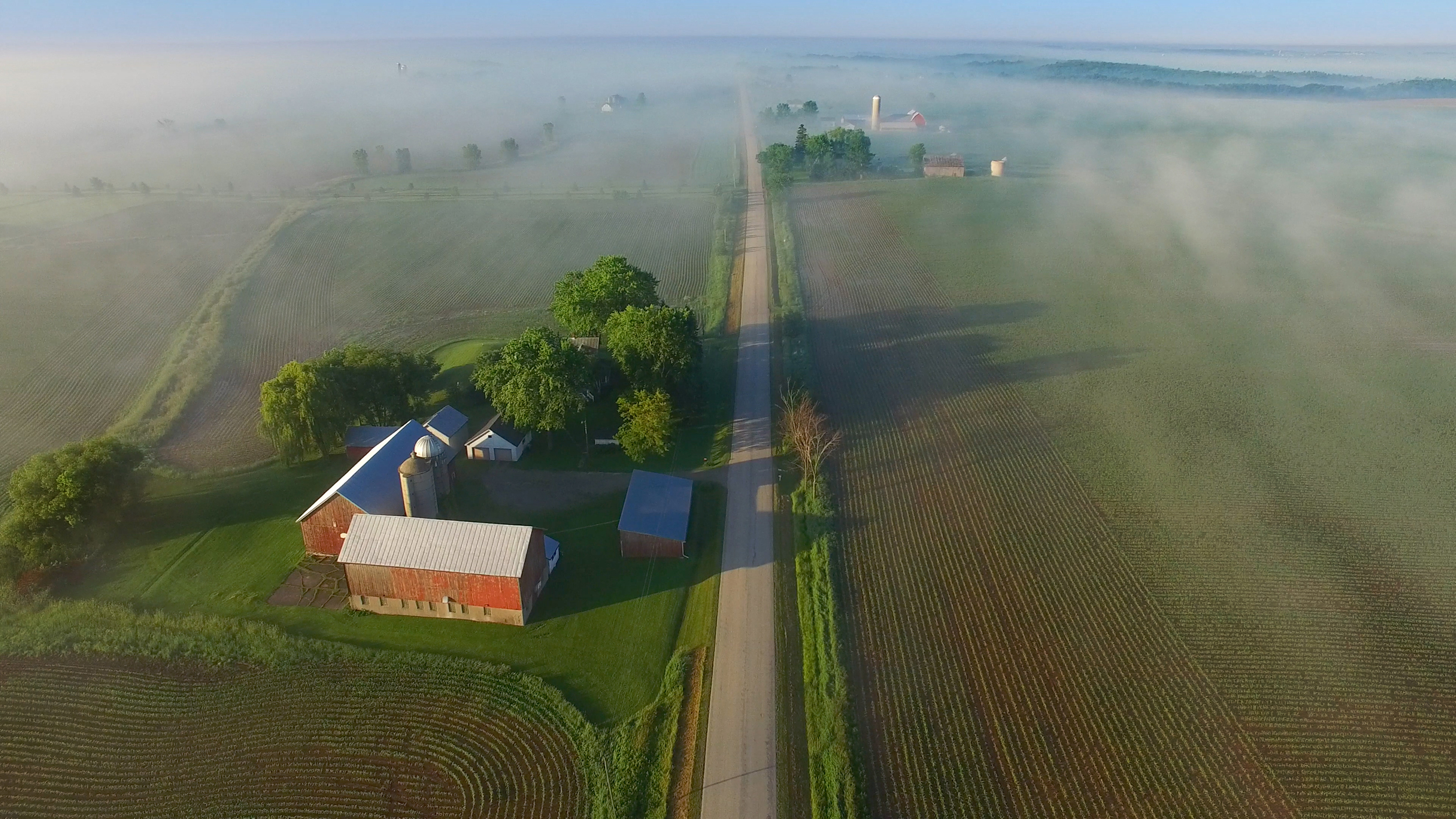FCC Finalizes RDOF-Eligible Areas
Reverse auction begins Oct. 29

The FCC has released the list of rural areas eligible for the phase I of its Rural Opportunity Development Fund reverse auction for up to $16 billion in subsidies for rural broadband buildouts.
California has the most eligible locations--homes and businesses--with 370,986 and North Dakota the fewest with 2,780.
The money will go to census tracks lacking the FCC's definition of minimum high-speed broadband service.
The FCC said those eligible areas have about 5.3 million unserved homes, or perhaps upwards of 10 million people, as well as businesses.
Related: Rep. Doyle Says ISPs Claim Service Where it Isn't
The FCC released the preliminary list back in June then allowed for time to challenge that list if folks thought locations needed to be added or deleted.
While anything over the FCC's 25 mbps upstream/3 mbps downstream high speed definition is eligible for the money, the FCC will prioritize bids for higher speeds and lower latency.
Multichannel Newsletter
The smarter way to stay on top of the multichannel video marketplace. Sign up below.
"The current pandemic has highlighted the importance of bringing broadband access to all Americans, and the Rural Digital Opportunity Fund is our boldest step yet to bridge the digital divide," said FCC Chairman Ajit Pai. "Our announcement today demonstrates the broad impact that our investment in rural America will have across the country."
The FCC is scheduled to auction access to that $16 billion (phase one) of the $20.4 billion in RDOF funding starting Oct. 29. The money will be awarded over 10 years to providers to offer fixed voice and broadband to unserved, high-cost, areas, at speeds of at least that 25/3 mbps.
The second tranche of RDOF money--about $4 billion--will go to underserved, rather than unserved, areas.
Contributing editor John Eggerton has been an editor and/or writer on media regulation, legislation and policy for over four decades, including covering the FCC, FTC, Congress, the major media trade associations, and the federal courts. In addition to Multichannel News and Broadcasting + Cable, his work has appeared in Radio World, TV Technology, TV Fax, This Week in Consumer Electronics, Variety and the Encyclopedia Britannica.

